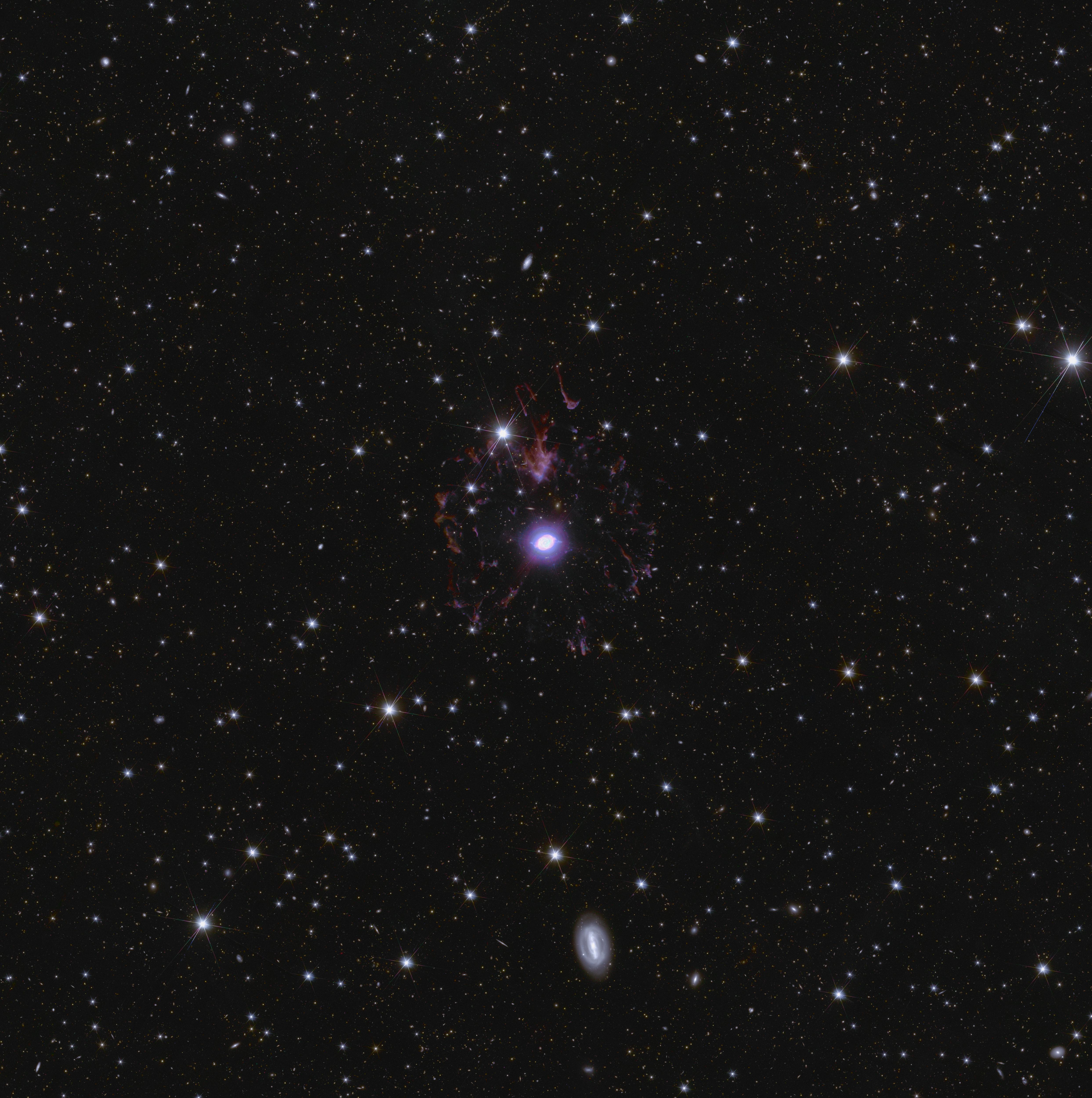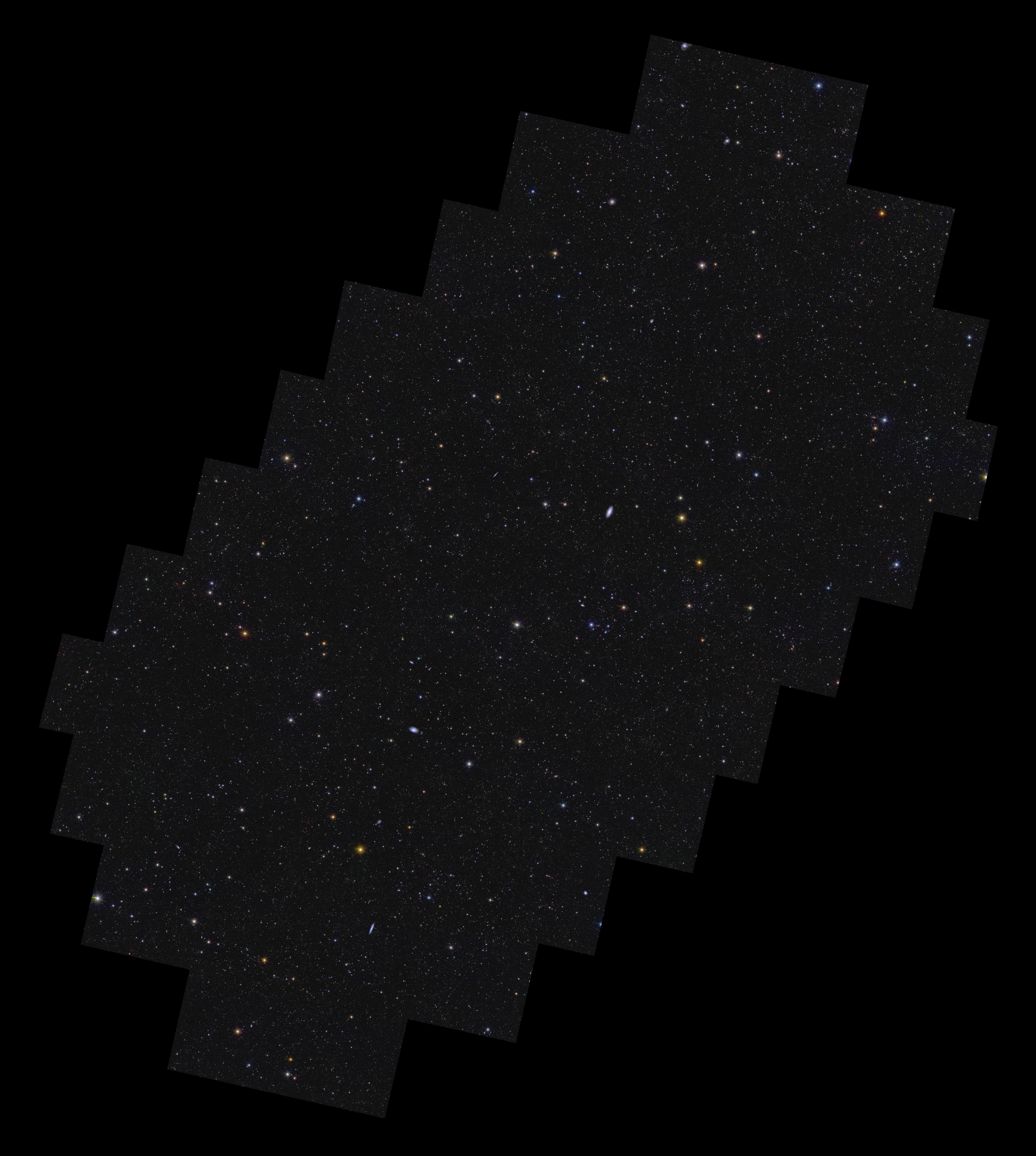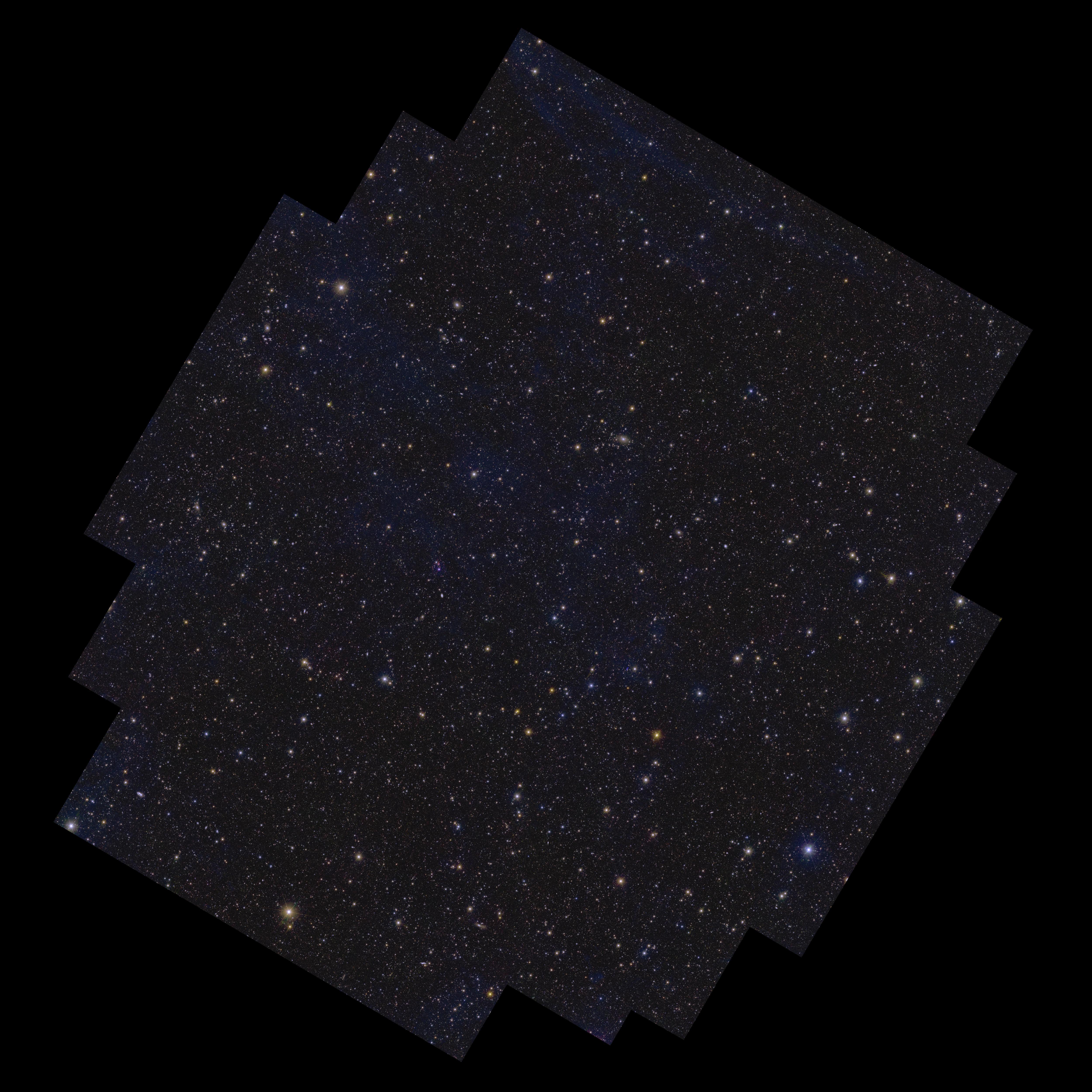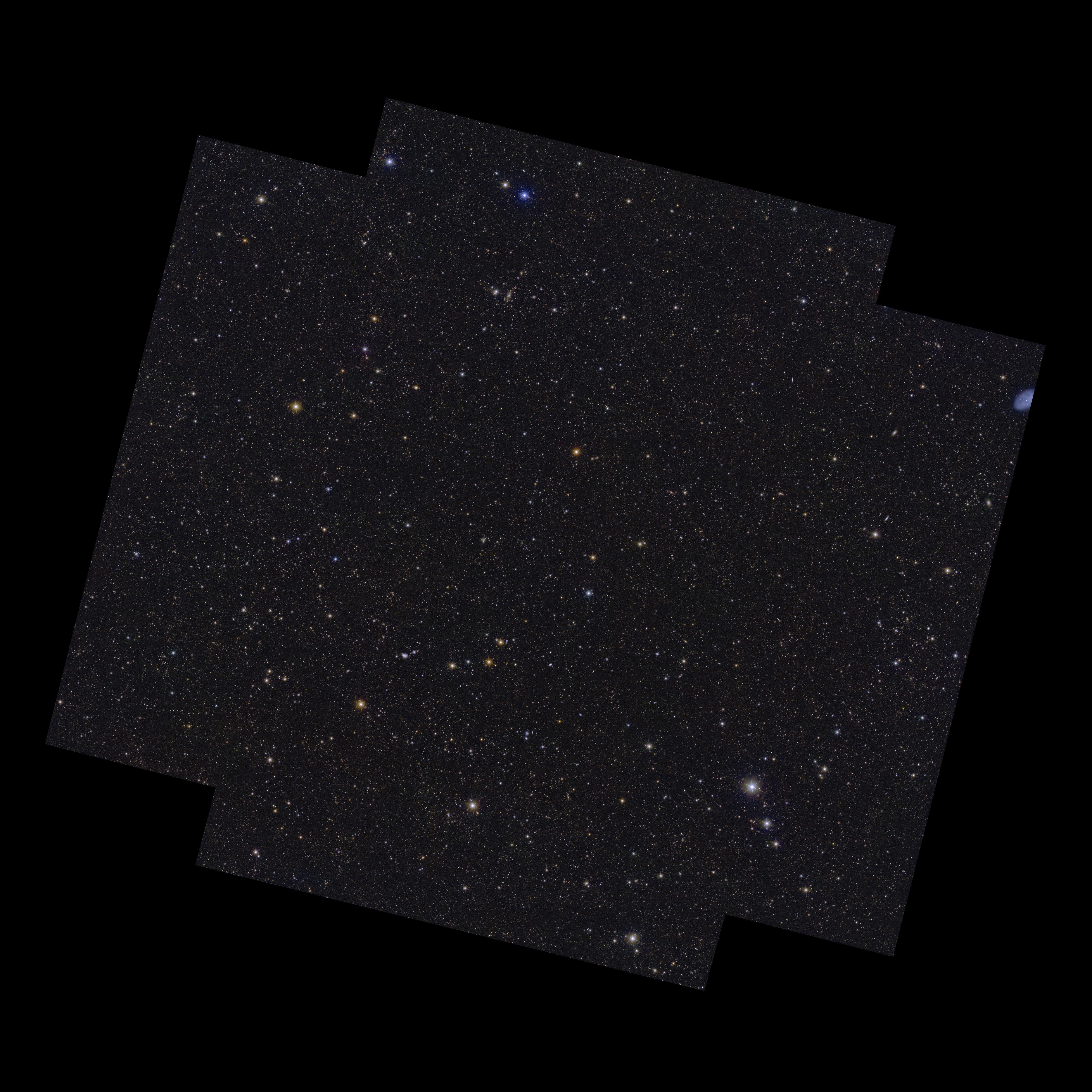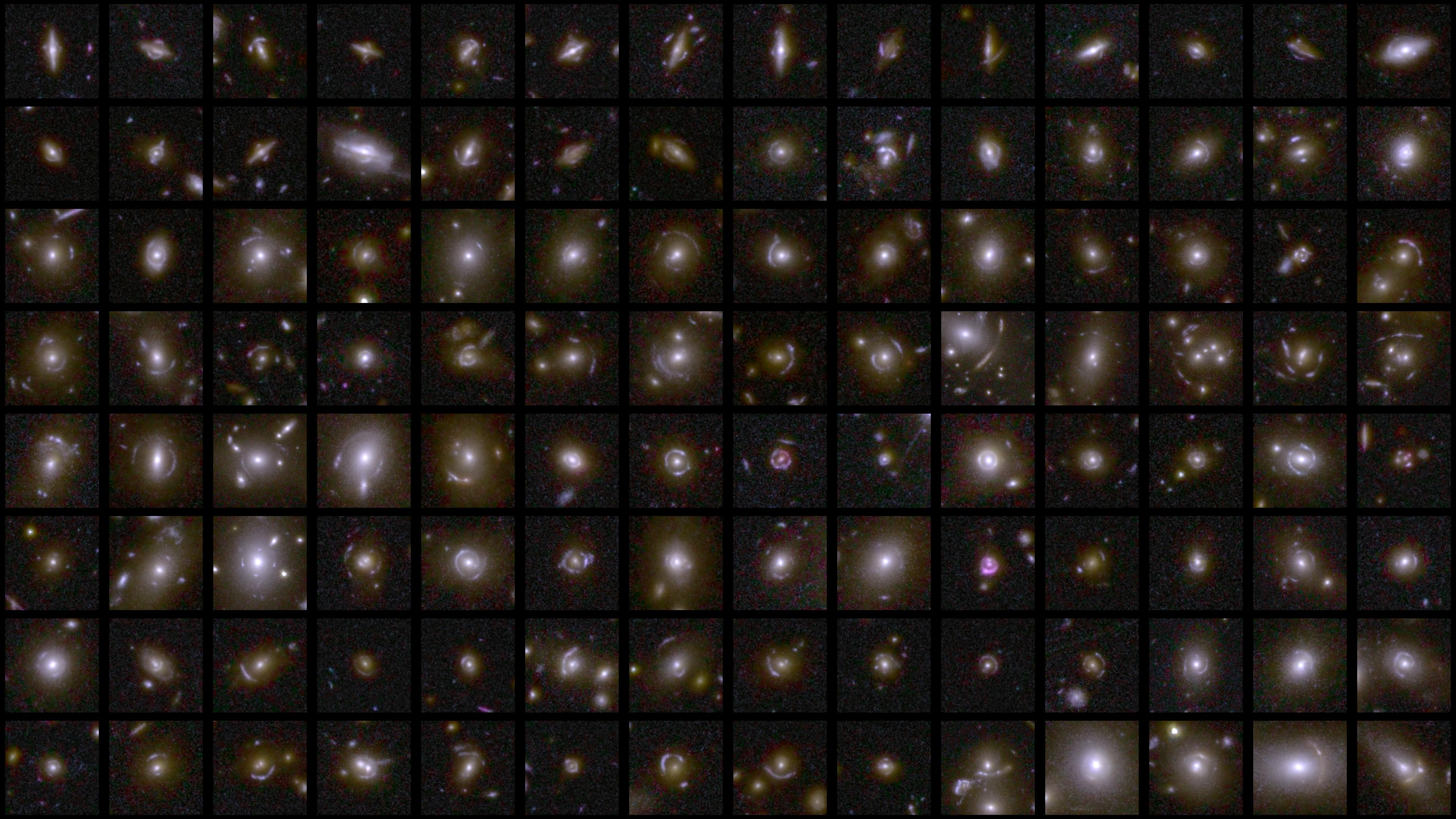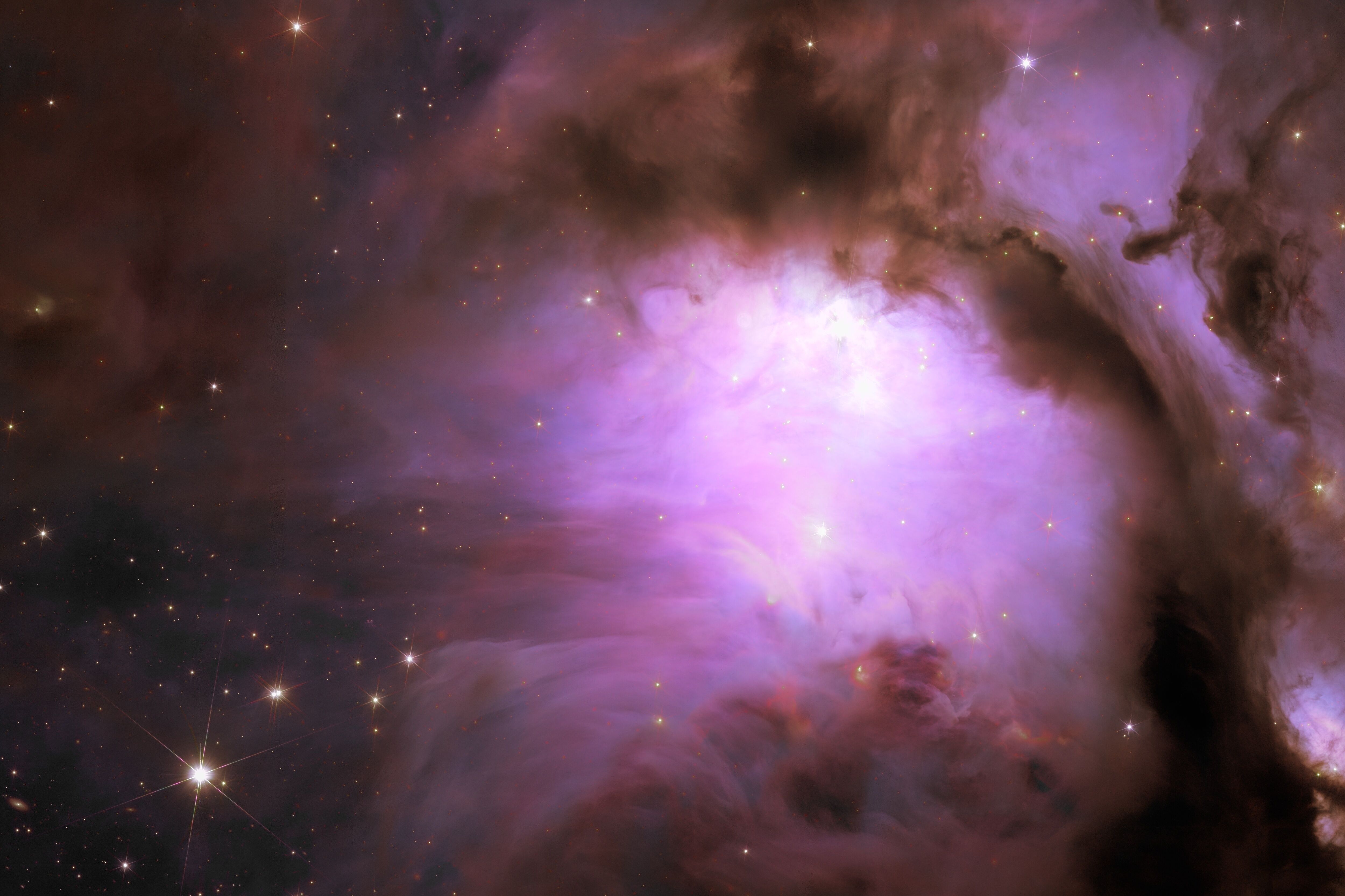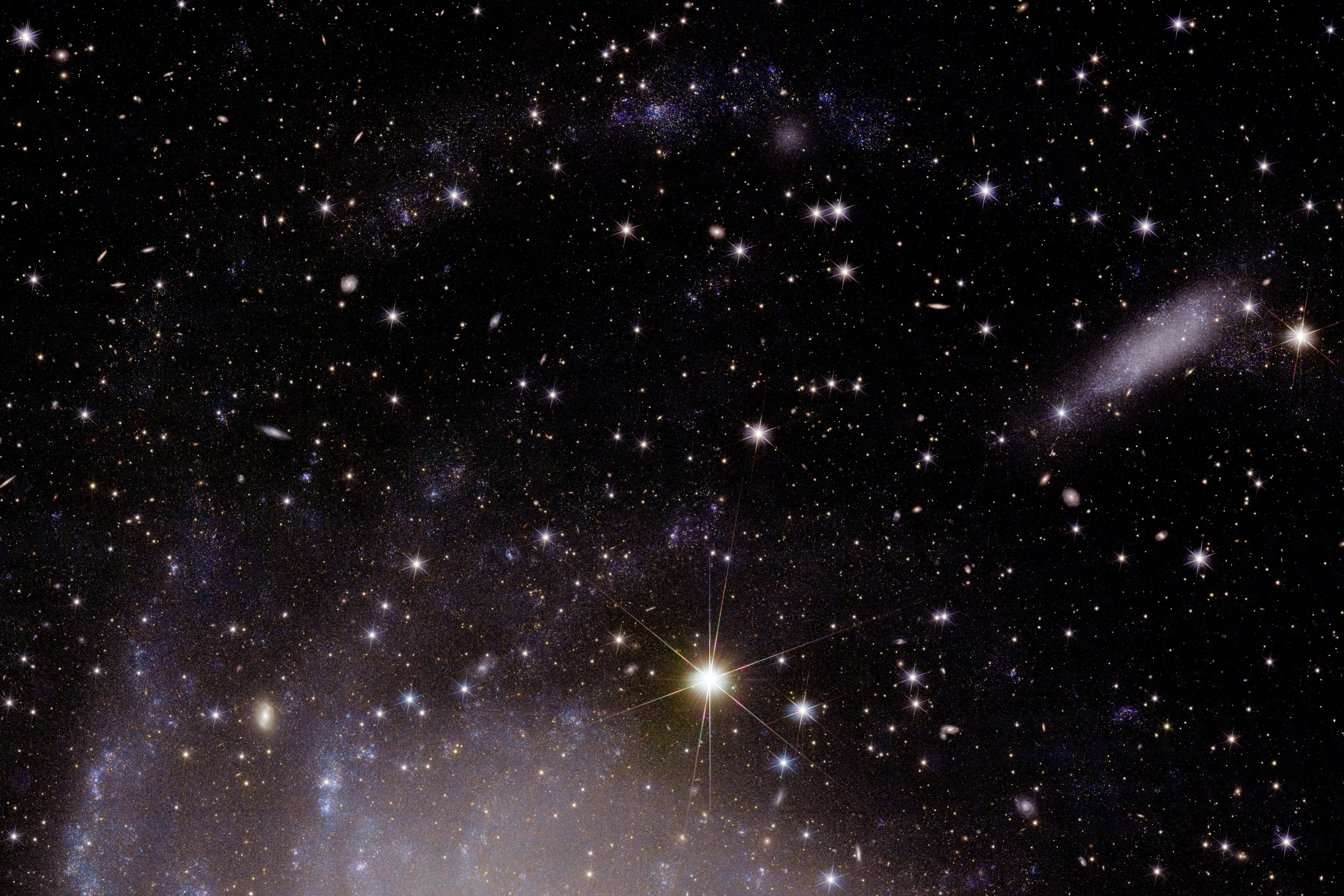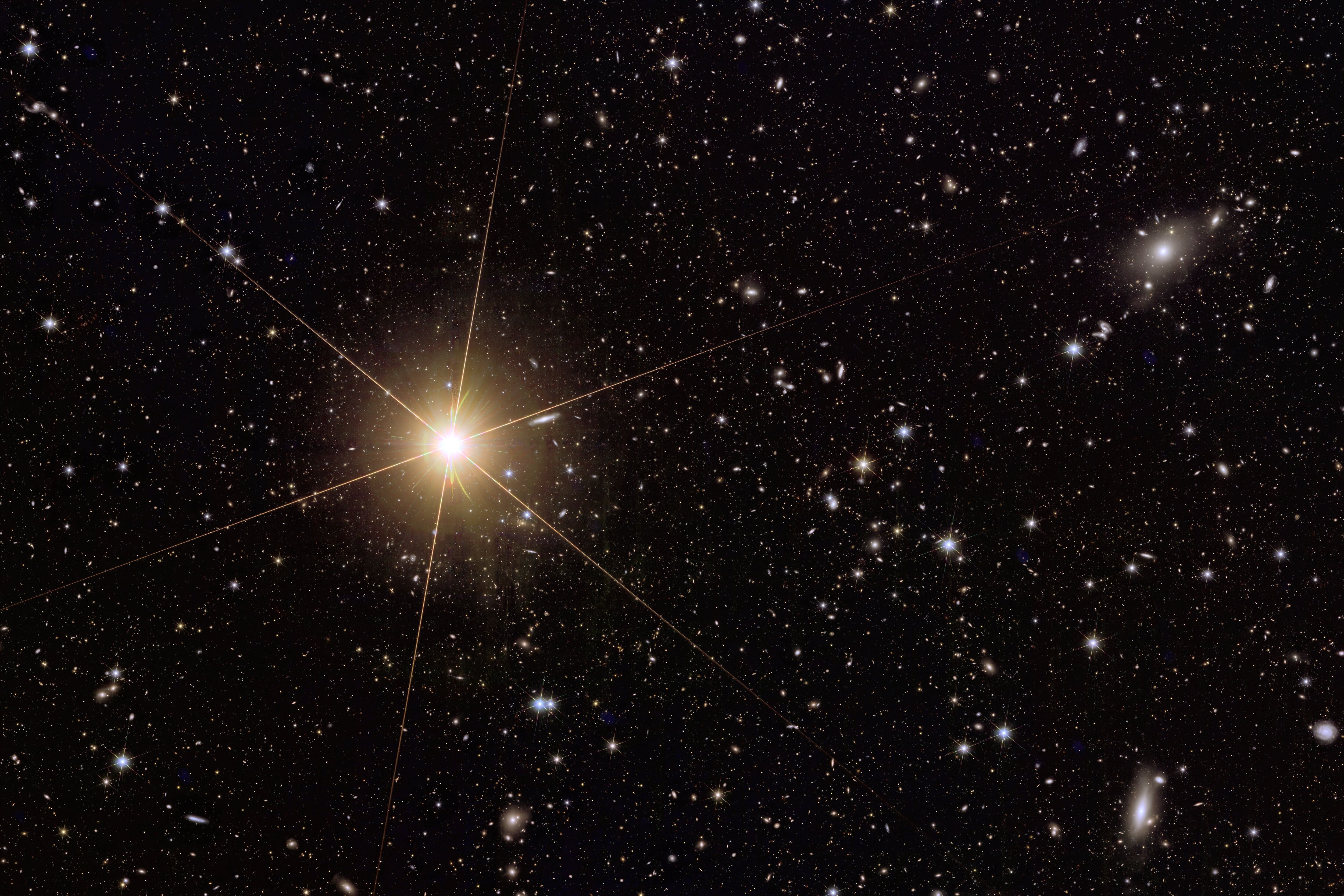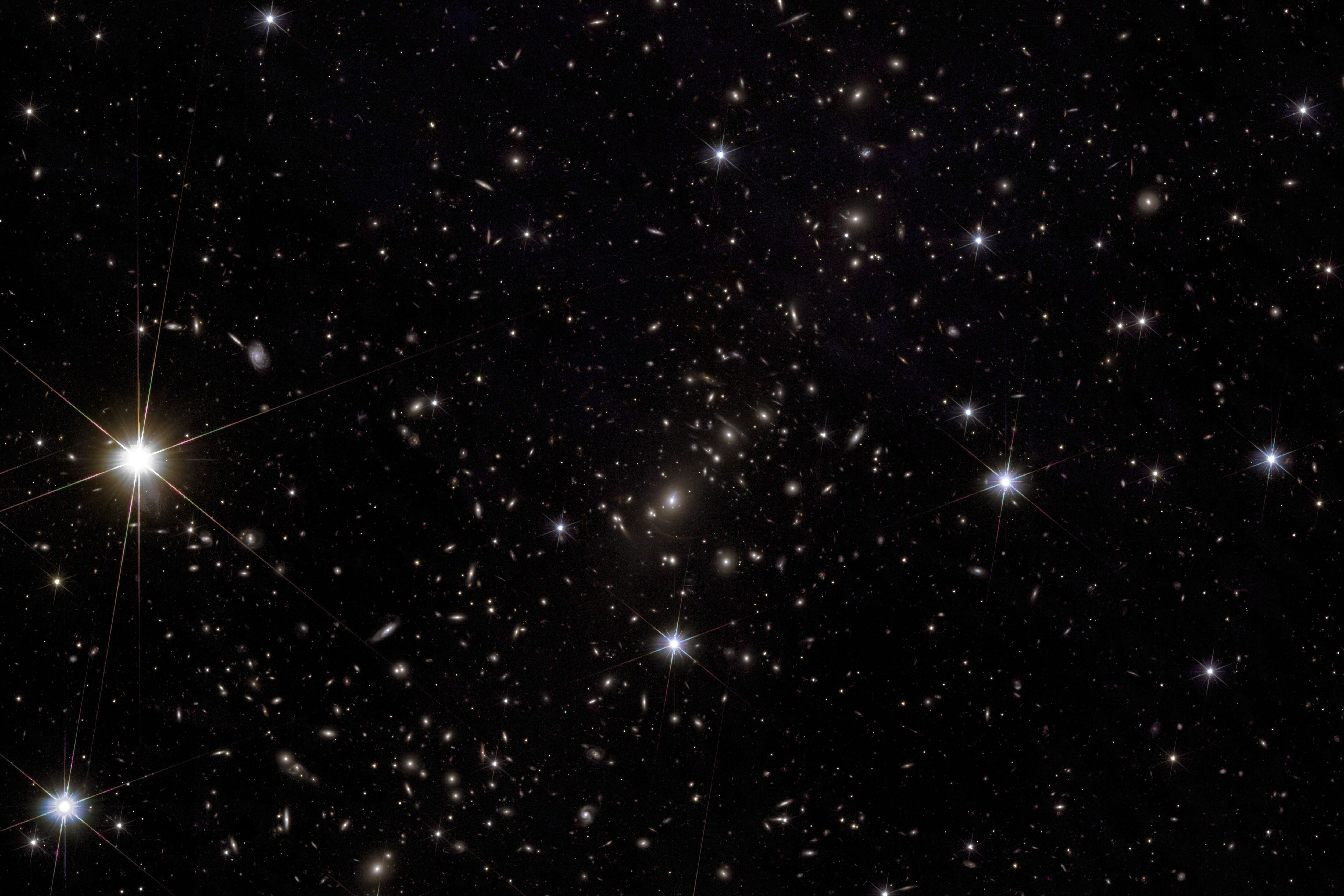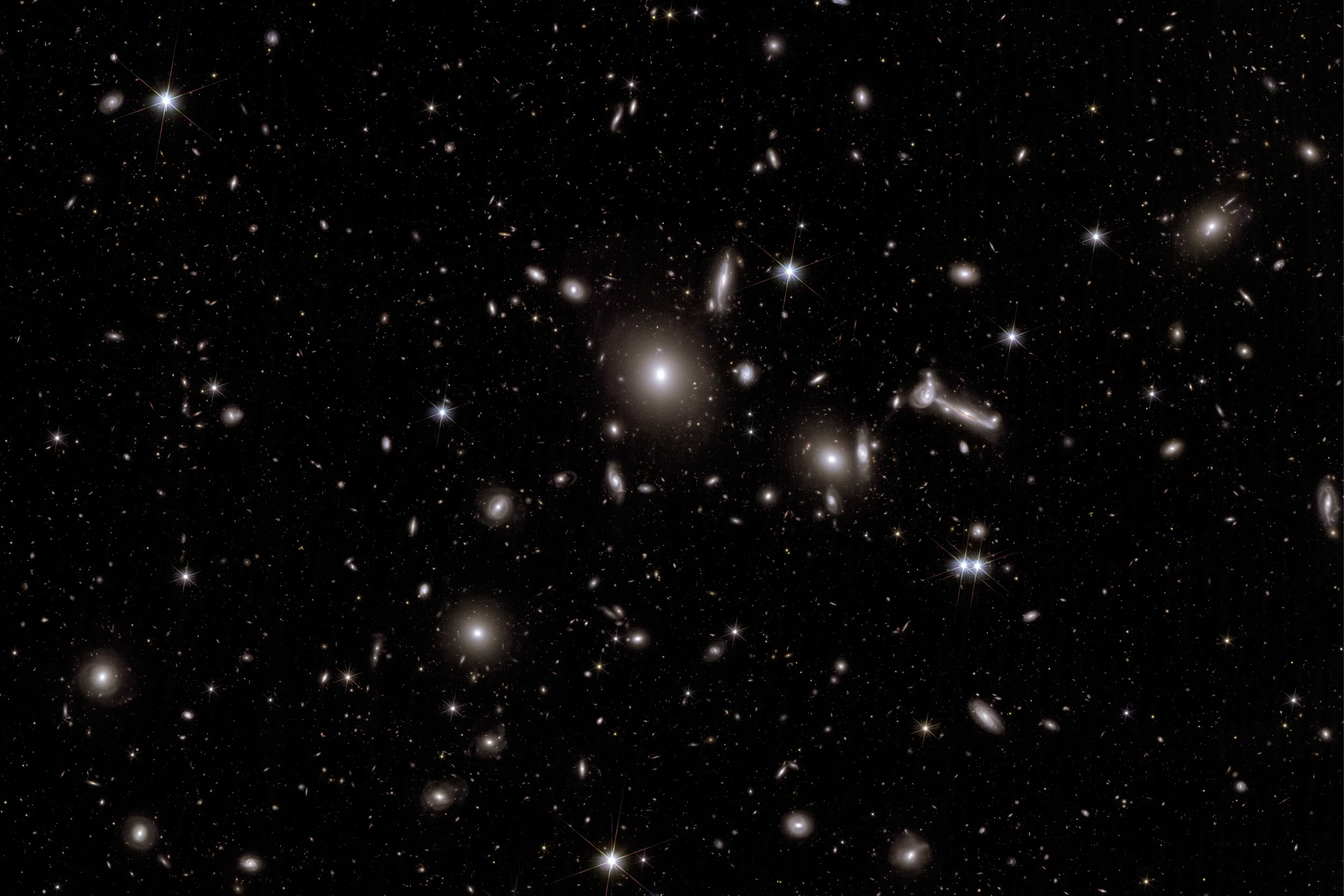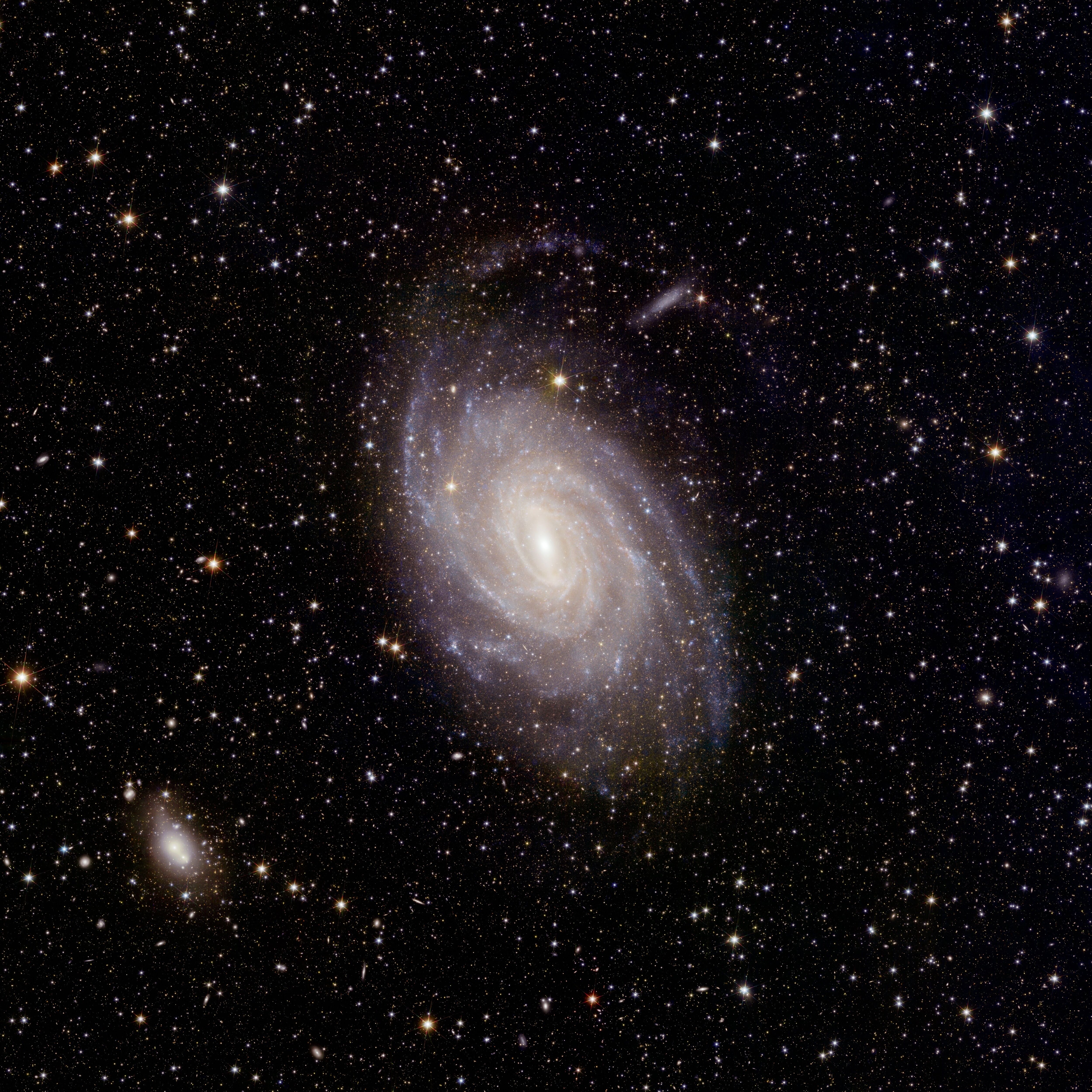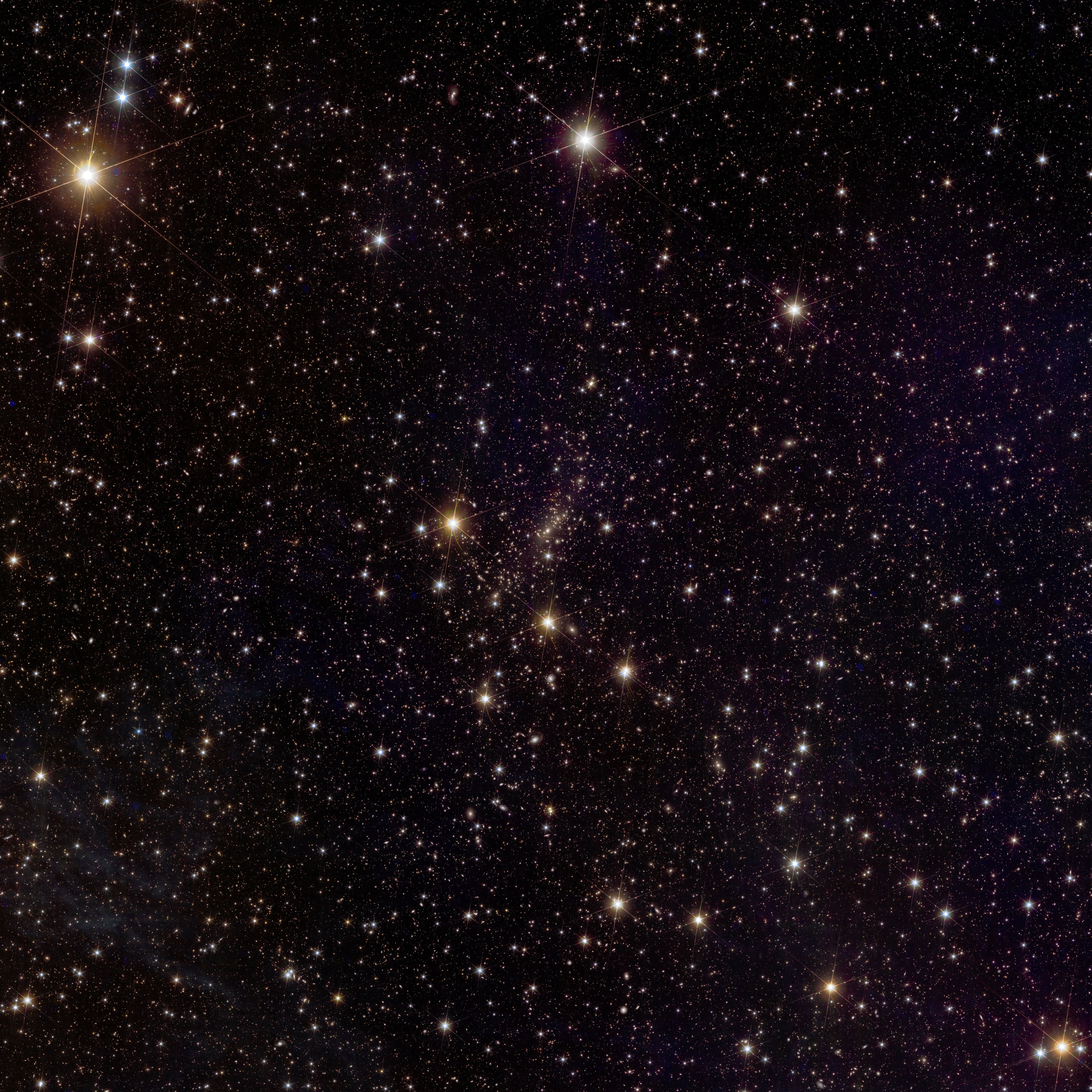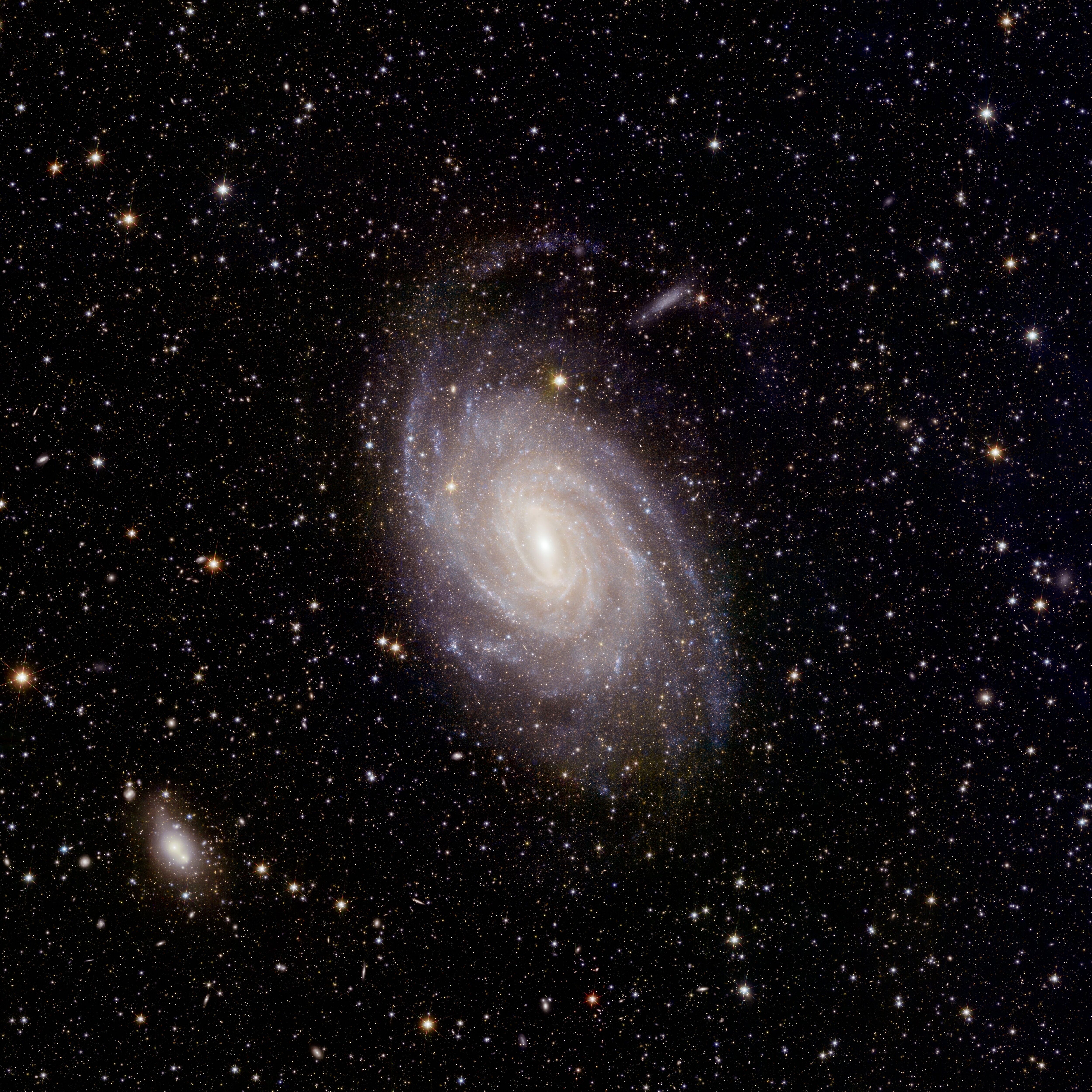
Euclid
Euclid’s new image of spiral galaxy NGC 6744
Please sign in to download.
This image is released as part of the Early Release Observations from ESA’s Euclid space mission. All data from these initial observations are made public on 23 May 2024– including a handful of unprecedented new views of the nearby Universe, this being one. Here, Euclid captures NGC 6744, one of the largest spiral galaxies beyond our local patch of space. It’s a typical example of the type of galaxy currently forming most of the stars in the nearby Universe, making it a wonderful archetype to study with Euclid. Euclid’s large field-of-view covers the entire galaxy, revealing not only spiral structure on larger scales but also capturing exquisite detail on small spatial scales, and at a combination of wavelengths. This detail includes feather-like lanes of dust emerging as ‘spurs’ from the spiral arms, which Euclid is able to image with incredible clarity. Euclid’s observations will allow scientists to not only count individual stars within NGC 6744 but also trace the wider distribution of stars and dust in the galaxy, as well as mapping the dust associated with the gas that fuels new star formation. Forming stars is the main way by which galaxies grow and evolve, so these investigations are central to understanding galaxy evolution – and why our Universe looks the way it does today. Euclid scientists are using this dataset to understand how dust and gas are linked to star formation; map how different stellar populations are distributed throughout galaxies and where stars are currently forming; and unravel the physics behind the structure of spiral galaxies, something that’s still not fully understood after decades of study. Spiral structure is important in galaxies, as spiral arms move and compress gas to foster star formation (most of which occurs along these arms). However, the exact role of spirals in coordinating ongoing star formation remains unclear. As the aforementioned ‘spurs’ along NGC 6744’s arms are only able to form in a strong enough spiral, these features therefore provide important clues as to why galaxies look and behave as they do. The dataset will also allow scientists to identify clusters of old stars (globular clusters) and hunt for new dwarf galaxies around NGC 6744. In fact, Euclid has already found a new dwarf ‘satellite galaxy’ of NGC 6744 – a surprise given that this galaxy has been intensively studied in the past. NGC 6744 lies 30 million light-years away within the Local Group. Credit: ESA/Euclid/Euclid Consortium/NASA, image processing by J.-C. Cuillandre (CEA Paris-Saclay), G. Anselmi
